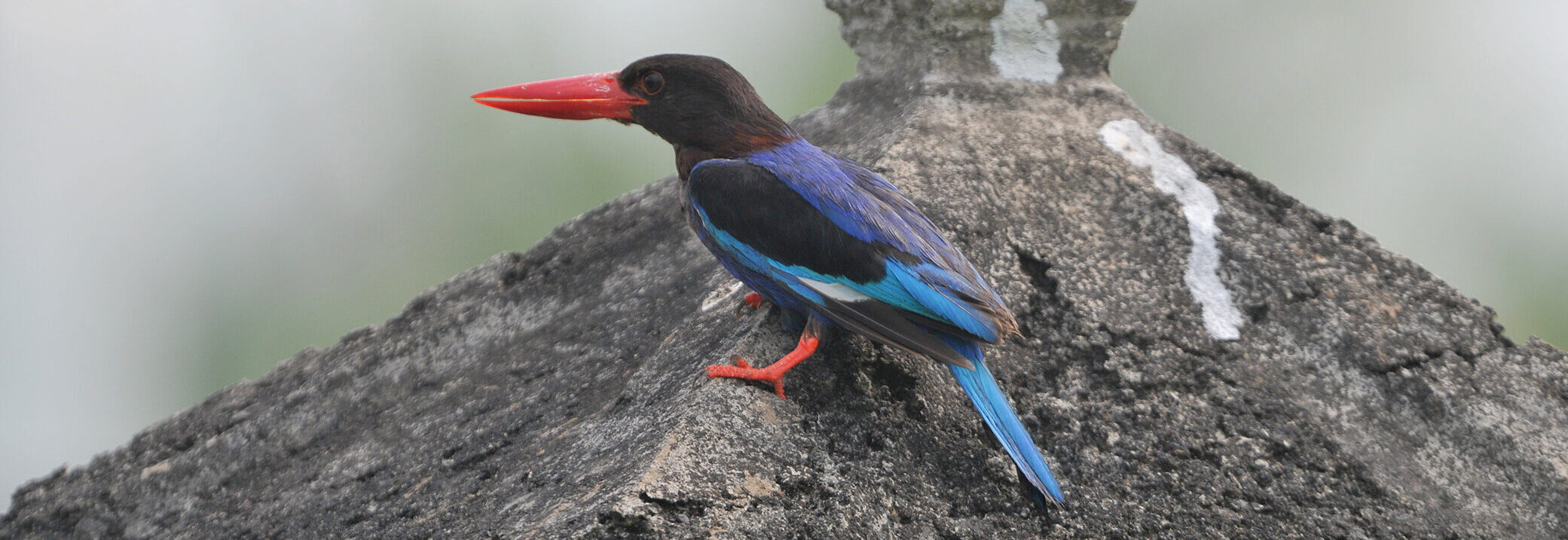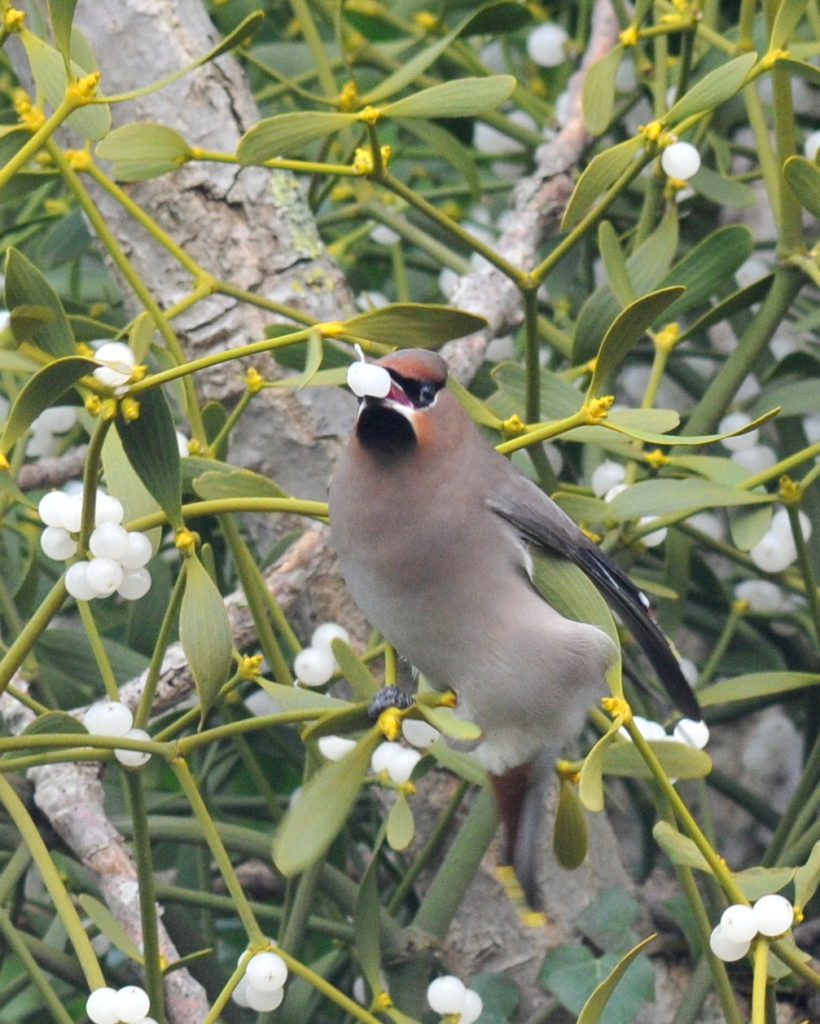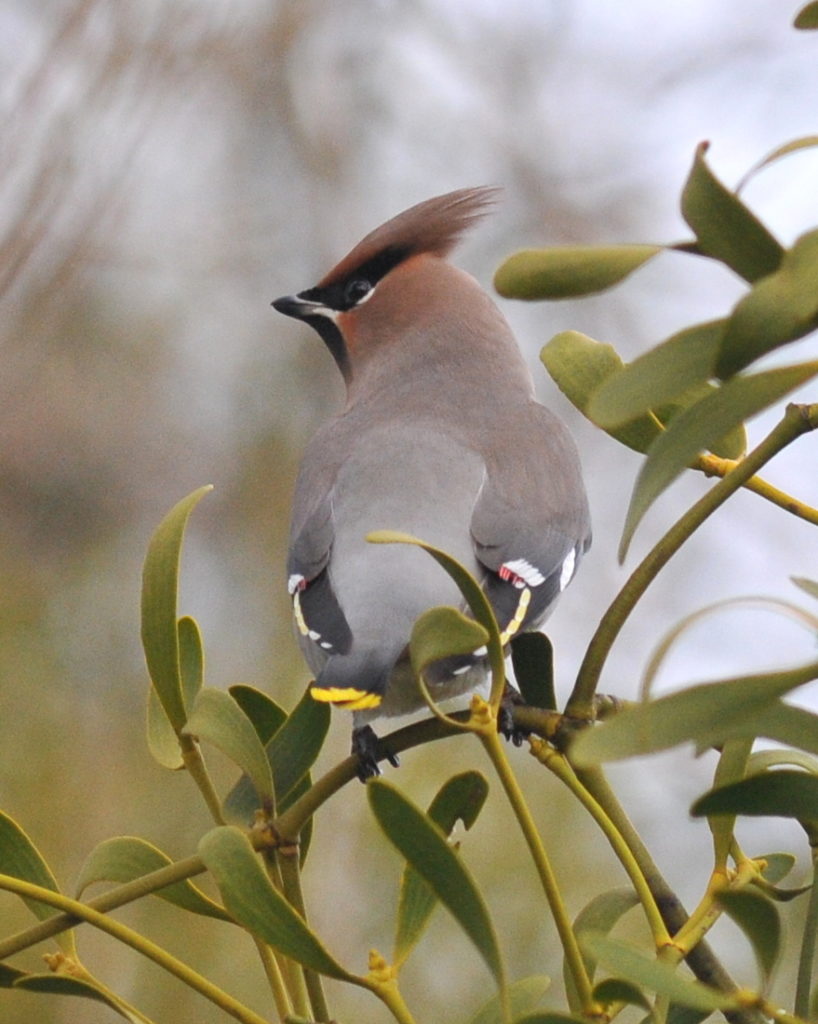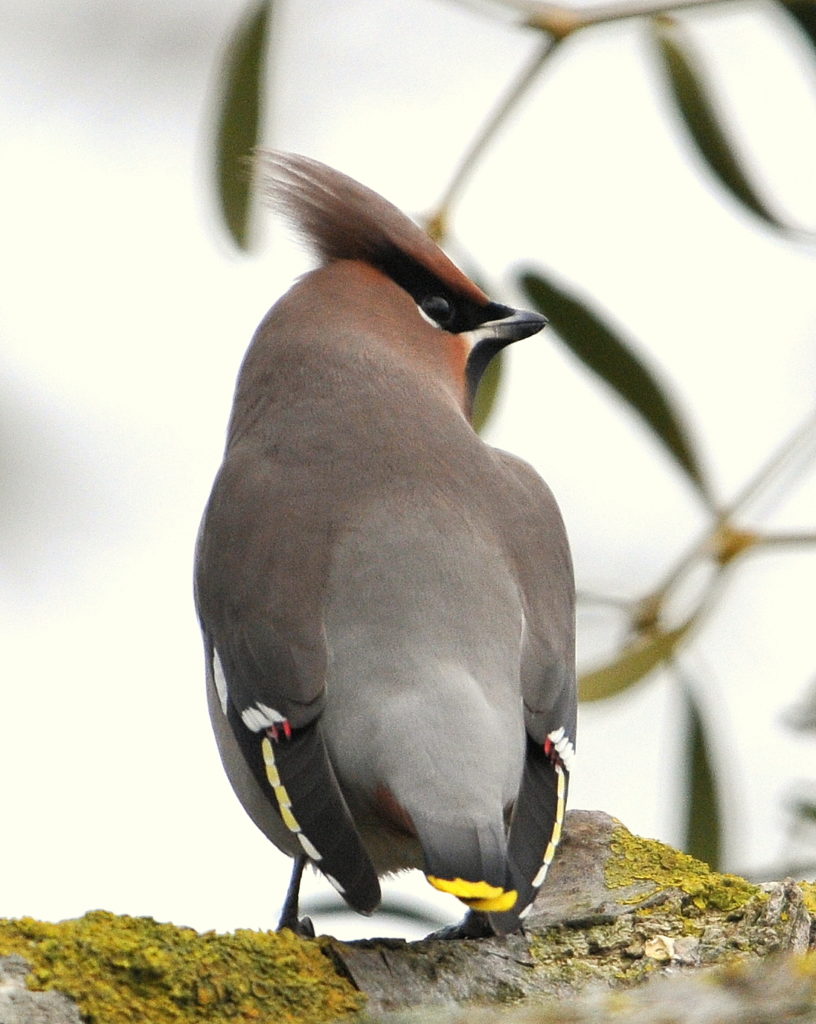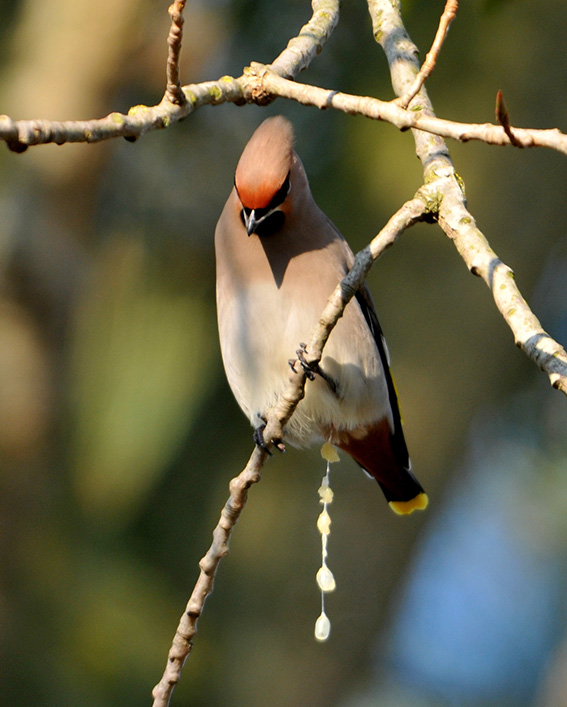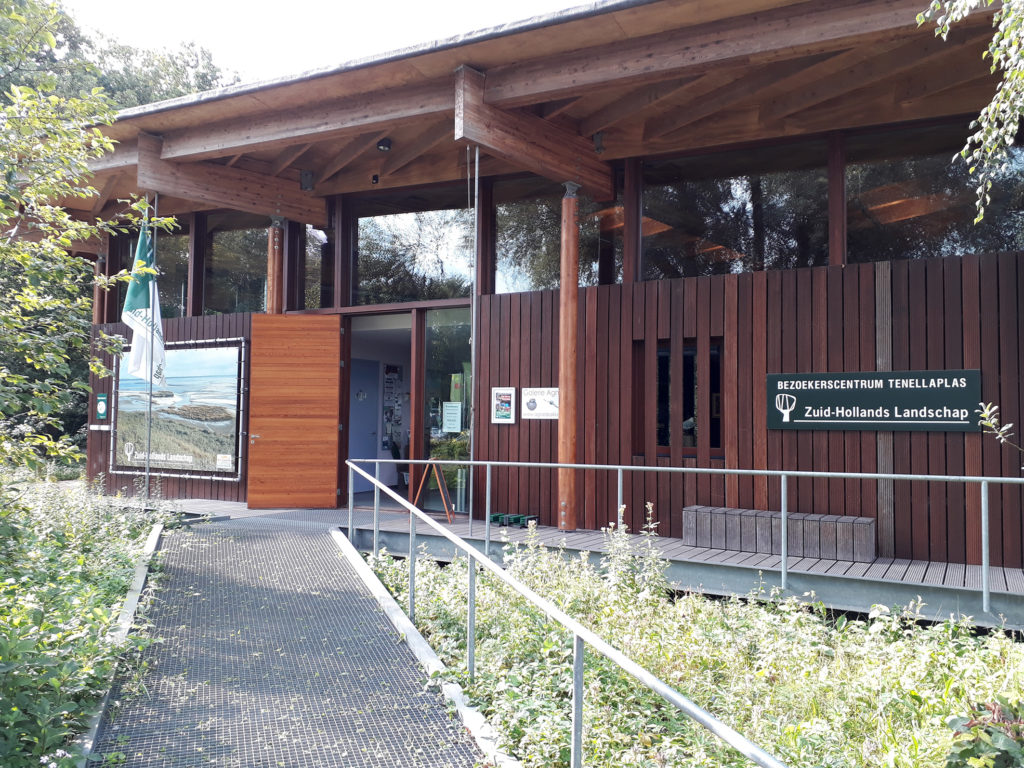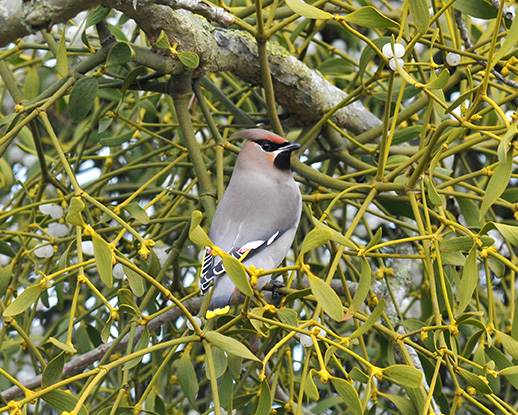De naam pestvogel dateert uit de middeleeuwen omdat men dacht dat ze de pest meebrachten en verspreidden. Hiervoor is echter geen bewijs.
Hij heeft de grote van een merel. Valt op door zijn kuif en zwarte masker, de gele staartuiteinden en vleugelranden. De rode vlekken op de vleugels lijken op zegellak. Vandaar zijn Engelse naam Waxwing. Hij woont in Noord-Rusland en Scandinavië. Als daar in de winter te weinig voedsel is komt hij onder andere naar ons land. Ik ontmoette de pestvogel voor het eerst in de buurt van het bezoekerscentrum Tenellaplas in Oostvoorne. In de mooie heemtuin staan bomen met maretak.
De maretak of mistletoe is een groenblijvende plant. Een half parasiet die voor water en zouten afhankelijk is van de gastboom. Vaak zie je de groene bollen met z’n witte bessen, onder andere in het Voornes duin, al van verre.
Doordat de pestvogel de rijpe bessen van de parasietplant eet en de zaden aan een “touwtje” weer uit poept, vallen die over de takken van de gastboom. Daarna begint de cyclus weer opnieuw. De mooie pestvogels vertrekken in het voorjaar weer naar het noorden.
VOORNE’S DUNES, THE WAXWING
Some of the wing feathers have red tips, the resemblance of which to sealing wax gives these birds their common name. It has the size of a blackbird. He stands out because of his crest and black mask, the yellow tail tips and yellow edges of the wings. In Dutch the name is ‘pestvogel’ (pest=plaque) because they thought this bird carried the plague.
His habitat is in North-Russia and Scandinavia. If there is a lack of food in winter he will find food in Europe, so also in Holland. I met the Waxwing for the first time near the information centre of the nature reserve Tenellaplas in Oostvoorne. They have a beautiful botanical garden and in it are big trees filled with mistletoe.
The mistletoe stays green all year long. A half parasite that needs water and salt from the particular tree in which it grows. Often you can see the bunches of green with its white berries from afar. The Waxwing will eat the ripe berries of this plant, and poops out this rope of seeds onto the tree. After that, the seeds will grow again and the cycle will start over.
The amazing Waxwings will leave in the spring, back to the north.
